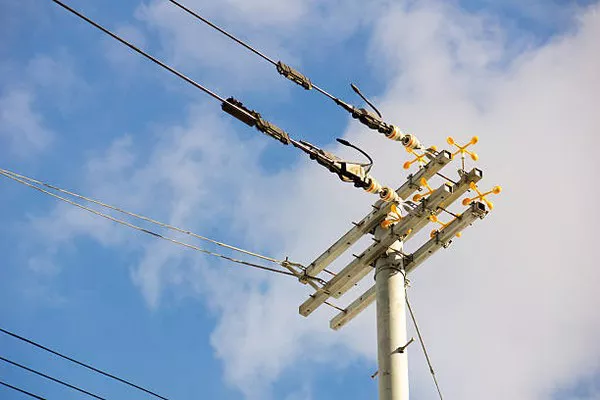AC transformers are indispensable devices in modern electrical engineering, serving a crucial role in power distribution, voltage regulation, and various electronic applications. Despite their ubiquity, many individuals remain unaware of the intricate mechanisms behind their operation. This article aims to demystify the workings of AC transformers, shedding light on their principles, components, and applications.
Principles of Operation:
At its core, an AC transformer operates based on the principles of electromagnetic induction, a phenomenon discovered by Michael Faraday in the early 19th century. The transformer consists of two coils of wire, known as the primary and secondary windings, wound around a common magnetic core typically made of ferromagnetic material.
When an alternating current (AC) flows through the primary winding, it generates a constantly changing magnetic field around the coil. According to Faraday’s law of electromagnetic induction, this changing magnetic field induces a voltage in the secondary winding. The magnitude of the induced voltage depends on the ratio of turns between the primary and secondary windings, known as the turns ratio.
Components of an AC Transformer:
Core: The magnetic core of an AC transformer provides a low reluctance path for the magnetic flux generated by the primary winding. Common materials used for transformer cores include silicon steel, ferrite, and amorphous metal alloys, chosen for their high magnetic permeability and low core losses.
Primary and Secondary Windings: The primary winding receives the input voltage, typically sourced from a power grid or generator, and generates the magnetic flux. The secondary winding, connected to the load, produces the output voltage based on the induced electromotive force (EMF). The turns ratio between the primary and secondary windings determines the voltage transformation ratio of the transformer.
Insulation: Insulating materials such as paper, Mylar, or Nomex separate the individual turns of wire in the windings, preventing electrical breakdown and ensuring the reliability and safety of the transformer.
Cooling System: Large transformers often incorporate cooling systems such as oil or forced air circulation to dissipate heat generated during operation, preventing overheating and preserving the transformer’s efficiency and lifespan.
Operation Modes:
AC transformers can operate in several modes, including step-up, step-down, and isolation. In a step-up transformer, the secondary voltage is higher than the primary voltage, making it suitable for increasing voltage levels in power transmission systems. Conversely, a step-down transformer reduces the voltage level at the secondary winding relative to the primary winding, commonly used in consumer electronics and appliances. Isolation transformers provide electrical isolation between the primary and secondary circuits, preventing ground loops and improving safety.
Applications of AC Transformers:
Power Distribution: AC transformers play a crucial role in power distribution networks, stepping up the voltage for long-distance transmission and stepping down the voltage to safer levels for consumer use.
Voltage Regulation: Voltage regulators utilize transformers to stabilize fluctuating input voltages, ensuring a consistent output voltage for sensitive electronic devices and machinery.
Electrical Grids: Large power transformers are integral components of electrical grids, facilitating the efficient transmission of electricity across vast distances while minimizing energy losses.
Electronic Devices: AC transformers are commonly found in various electronic devices such as chargers, adapters, and power supplies, converting AC input voltage to the required DC output voltage.
Industrial Applications: Transformers are widely used in industrial settings for powering machinery, controlling voltage levels, and providing electrical isolation in sensitive equipment.
See Also Transformers: A Comprehensive Exploration Of Their Functions
Conclusion:
In conclusion, AC transformers are essential devices that form the backbone of modern electrical infrastructure and electronic systems. By harnessing the principles of electromagnetic induction, transformers facilitate the efficient transmission, regulation, and distribution of electrical energy. Understanding the inner workings of AC transformers is crucial for engineers, technicians, and enthusiasts alike, enabling them to design, troubleshoot, and optimize electrical systems with precision and effectiveness.

